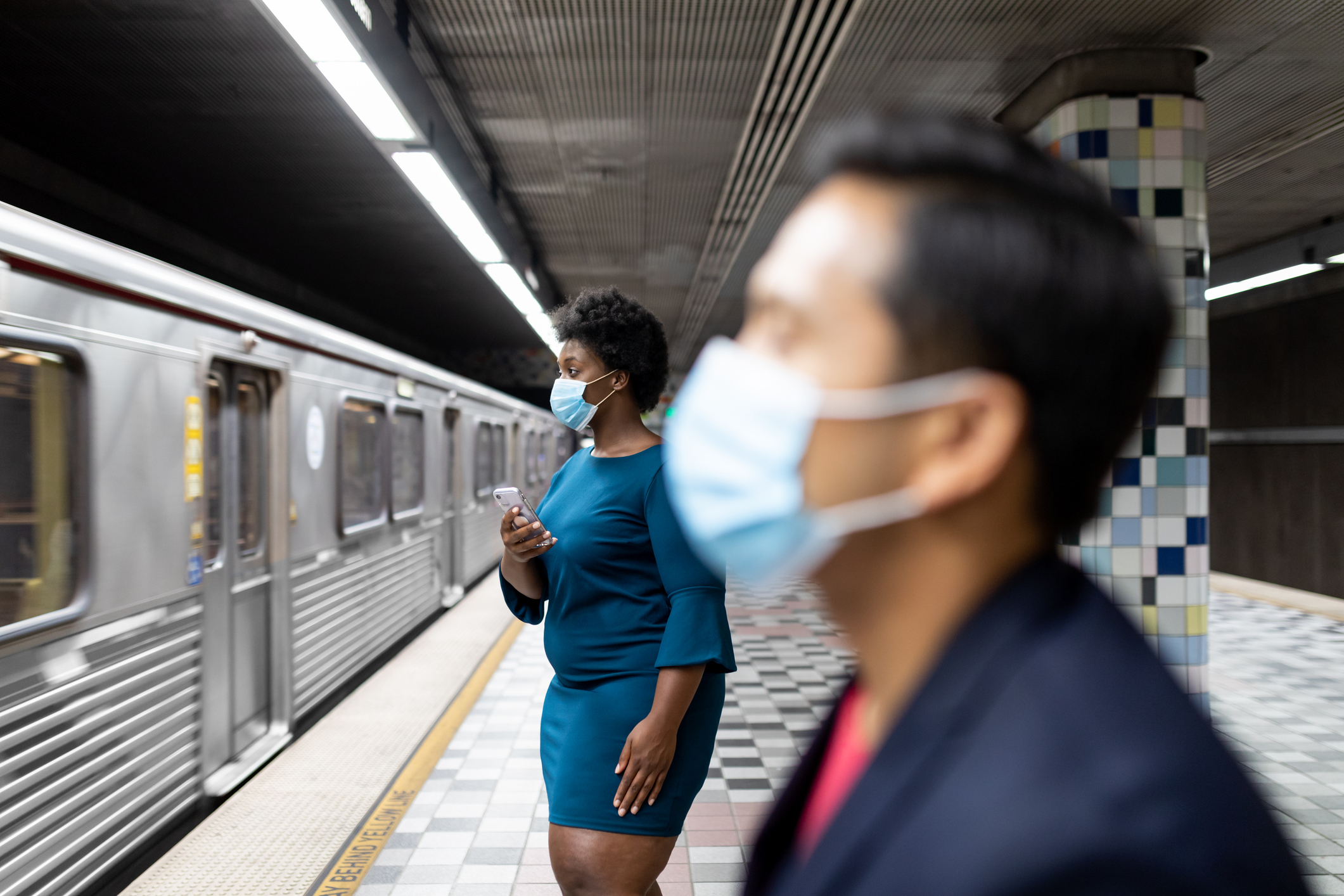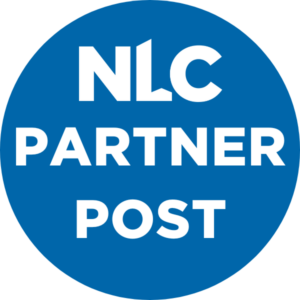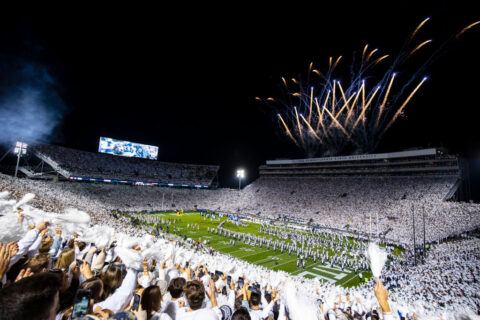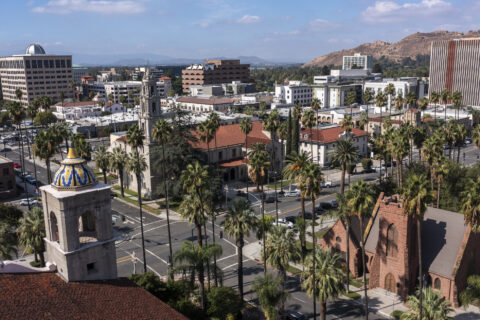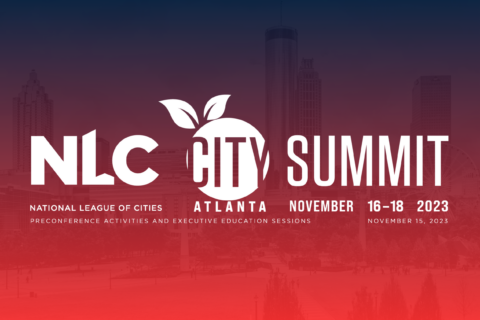Five years ago this month, as final preparations were coming together for NLC’s annual Congressional City Conference, news stories began to air about an emerging viral infection that was starting to hospitalize residents in Asia. With an ocean separating our continents, those stories felt far removed from the local leaders joining us in Washington that week.
But shortly after the conference ended, the pandemic became a very apparent reality. We quickly decided to close our NLC offices and asked our staff to work from home for what I really thought would be a week or two. We had no idea it would be two years before we returned to the office.
Empty Streets
In the early days of the pandemic, it was striking to see the images of downtowns, once flush with people and commerce, quickly empty out. The sounds of daily life were replaced with the occasional emergency vehicle siren. Very quickly, America’s cities, towns and villages were on the frontline of the COVID-19 crisis. Residents turned to their local leaders with questions on safety, treatment and economic security.
It was an unprecedented and confusing time in modern America – but looking back, it was also a pivotal moment for NLC and cities, towns and villages across our nation. Like everyone else, we were scared, but we recognized our responsibility to step up and help save our communities, making every effort to do everything we could to advocate for the resources city leaders needed to respond to the crisis. Unlike so many other sectors in 2020, local governments didn’t have the luxury of being able to shut down and send everyone home. So together, in partnership with America’s local leaders, we were wildly successful, utilizing one strong voice to advocate for and deliver legislation that would send relief funds directly to communities.
NLC in Action
To do that, NLC made sure cities, towns and villages were at the table from the very beginning. We worked with the first Trump Administration to deliver the CARES Act, which was a start for larger cities but didn’t extend necessary benefits to our country’s smaller communities. So, we pressed on through an unprecedented campaign to elevate city voices that made me truly proud to lead this organization – organizing communities to make phone calls, write letters and advocate on behalf of their residents. One year later, we did it: on March 11, 2021, President Biden signed the American Rescue Plan Act into law, which delivered a total of $65.1 billion directly to cities, towns and villages to help ensure a full recovery from the pandemic.
The communities we call home are drastically different than five years ago or how they would have looked without the transformative legislation we helped create. Local leaders responded creatively to sudden issues – piloting new programs and ideas, some of which are still in play today. For example, local leaders in Providence, Rhode Island, recognized that vaccine hesitancy most heavily impacted its minority communities and worked hard to develop open channels of communication between community, faith and health professionals to help answer questions and concerns, which helped build trust and confidence in many neighborhoods that the city is still benefitting from today. Cities like Union City, Georgia, designed outdoor recreation classes to bring residents together, build a sense of community and overcome social isolation – programs that the city still uses today.
What Comes Next
So, as local governments look ahead to the future, let’s remember what we accomplished together these last five years. Let’s draw upon the resilience we had to maintain for our residents and the spirit of innovation and determination that drove us to succeed. Because of the lessons we collectively learned during the pandemic, I have faith – now more than ever – that local leaders are prepared, ready and resilient for any challenge that may come their way, and I’m so proud to be on this journey with all of you.
